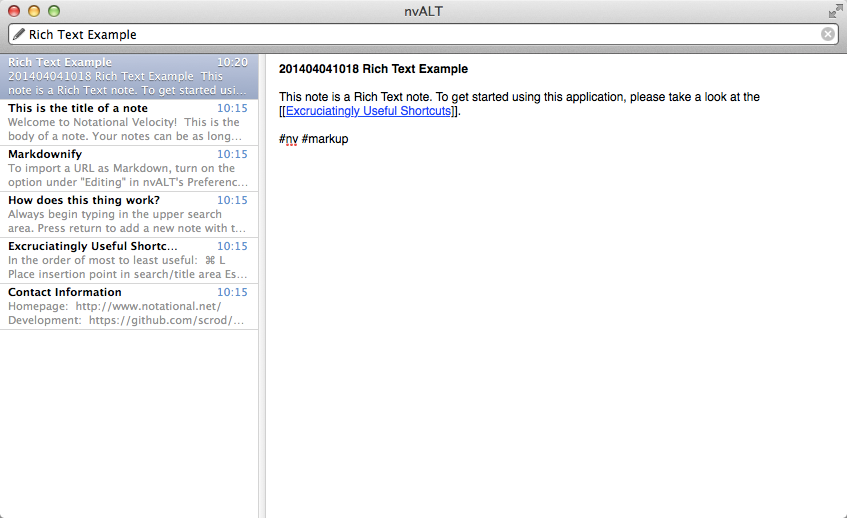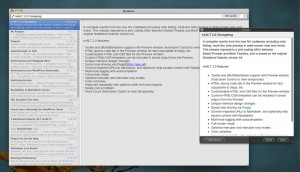


Let’s sketch a wireframe of a Zettel like this ( > denotes a placeholder): I think tags are important to form loosely connected clusters of notes. You could leave out a title since the identifier is sufficient to, well, identify each note. An American Life, New York and London and Toronto and Sydney: Simon and Schuster Paperbacks.Īccording to this example, a note gets a title, a global identifier, tags, and a list of references. Walter Isaacson (2004): Benjamin Franklin. * Sometimes try to write in verse instead * When the original content is forgotten, write an essay based on your notes and compare to the original (Like in the reading workflow for a Zettelkasten) * Take notes when reading on single scraps of paper. If you’re inclined to record and store information in plain text, you have to check out nvALT.Įditor’s note: nvALT’s developer, Brett Terpstra, is an occasional freelance contributor to Macworld.201105160958 Improve the structure of essays by rewritingīenjamin Franklin improved his writing skill by re-writing other author's articles (Isaacson 2004, p. But it is entirely unique in the way it helps you organize and manage your notes. As I say, it can’t do everything that text editors like BBEdit or even TextEdit can.
#Nvalt persistent note id mac#
If you edit text on a Mac and iOS devices and want a simple system for managing large numbers of notes, nvALT provides it. NvALT is up to version 2.2 recent additions include the option to auto-pair brackets and quotes (type a quotation mark, and the app will automatically insert a close-quote after the cursor) a new shortcut for inserting note links better support for external editors full-screen support and more. There are keyboard shortcuts for searching, renaming, and tagging files, creating new ones, launching those external editors, previewing notes, and more. Keyboard lovers in particular will love nvALT, because it’s designed specifically to let you do most everything without your fingers leaving the keys. (You could, for example, tag to-do items Done or Pending.) nvALT also lets you bookmark notes, for future reference. Because of the effective search tools, tags work best as secondary organizing tools. Hitting Command-Shift-T lets you assign any number of tags to a single note select multiple notes, then hit that same shortcut, and you can tag them all at once. The app also has a simple-yet-robust tagging system. If, for example, you rigorously name all of your notes relating to a specific project Project A., and you then type Project A into the search field, all of those notes will immediately appear in the list below. This search capability leads many nvALT users to create systematic naming conventions for their notes, to aid in finding files. When you start typing a string of text in that box, the app immediately shows you a list (below the text-entry box) of all the notes that contain it as you keep typing, that list winnows itself in real time to match what you’ve typed. Rather, the app has a single text-entry box at the top of its window (much like the unified search/address field in a Web browser). One way nvALT helps with organizing all those random bits of information: When you’re looking for a specific note, you don’t have to invoke some special search interface. But nvALT has enough special tricks of its own to deserve separate treatment.) Much of what makes nvALT special applies as well to that parent program. (Before I go any further, I should point out that nvALT is really a fork of the open-source app


 0 kommentar(er)
0 kommentar(er)
